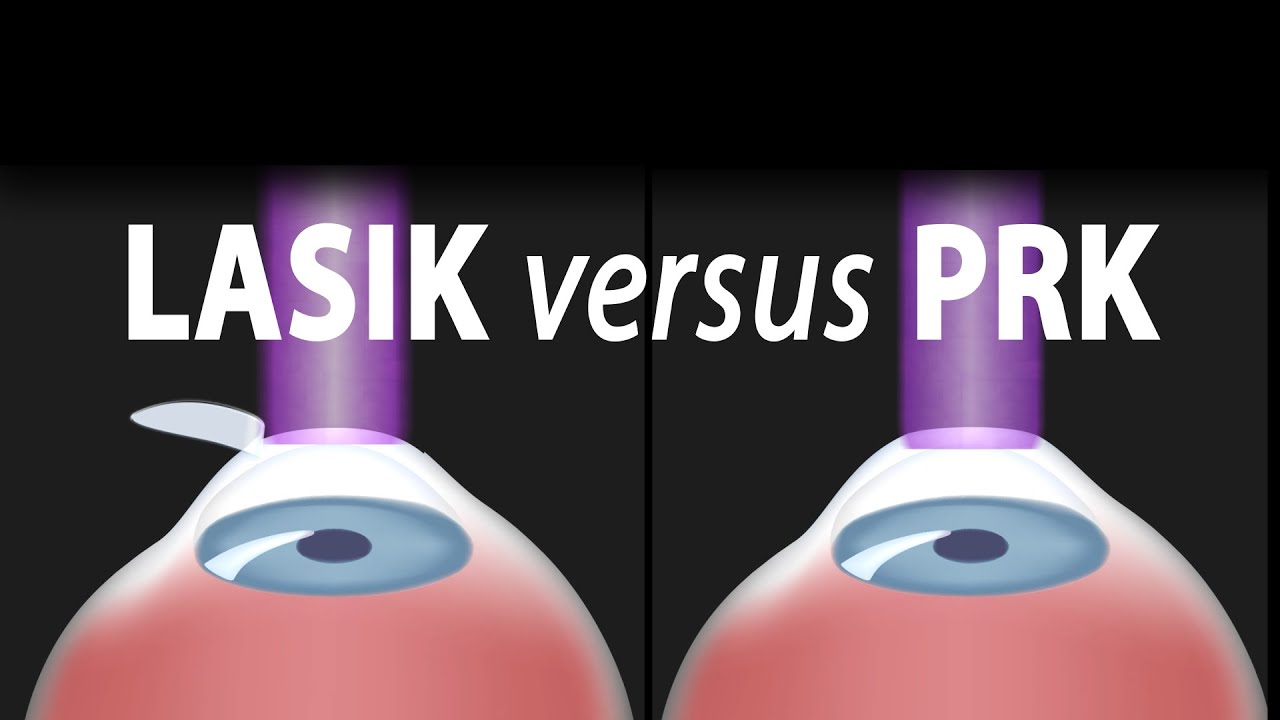PKR, or keratorefractive surgery, is a procedure for correcting myopia, astigmatism, and hyperopia. The word PRK, which stands for photorefractive keratectomy, is English. Surgery reduces dependence on glasses or contact lenses and may even dispense with use. PRK and LASEK surgery fall into the same category: advanced surface ablation, in which the corneal epithelium is removed.
Types
PRK surgery can be standard or customized. Normal or therapeutic, PRK is based on a single model that works for most people. Personalized PRK, on the other hand, requires a specific examination of the patient’s eye, and the PRK surgery will be specific for that patient; that is, the professional will work the laser differently, especially for that case. The steps of both surgeries, however, are the same.
Who Can’t Do
Contraindications for visual correction with PRK are related to the patient having a corneal disease, such as keratoconus, in which refractive surgery can worsen the disease. Other eye diseases, such as glaucoma and cataracts, are contraindications for PRK and those with higher grades than the surgical indication. Among the patients who may be contraindicated for surgery or have the procedure postponed are:
- Those who previously experienced dry eye condition
- People who are treated with drugs that hinder healing, such as steroids
- Presence of scarring on the cornea
- Unstable eyeglass or contact lens prescription in the past two years
- Pregnancy or lactation
- History of ocular herpes in the last year
- Considerations
- Indications
PRK surgery can be performed by people who have ametropia (myopia, astigmatism, and hyperopia), individually or in combination. However, the surgical option depends on the evaluation made by the ophthalmologist, as some candidates may respond better to LASIK or LASEK surgery. People with a combination of ametropias can correct them in a single procedure.
Prerequisites
There are different thresholds for each ametropia and rle vision correction. The dependence on glasses dictates the minimum limits; anyone who depends on the use of glasses would have ametropia great enough to be evaluated for surgery. The maximum limits, however, are more restrictive. Ideal indications are myopia less than 8.00 degrees, astigmatism less than 4.00, and hypermetropia less than 4.00.
Required Exams
Before doing PRK surgery, the ophthalmologist should do a complete ophthalmologic consultation. All vision surgeries should include topography and central pachymetry exams in their preoperative period, along with retinal evaluation, which includes measuring corneal thickness, refraction, corneal mapping, pressure, and pupil dilation.
According to the consensus, these are the minimum tests that should be performed. However, the doctor such as discover vision for example can order other tests, such as corneal tomography, which evaluates the cornea in three dimensions, and ocular aberrometry – the study of optical aberrations of the entire eye and the study of higher-order aberrations.
Care Before The Procedure
On the day of your surgery, the ideal is to have a light meal and take all the medications that may be prescribed, such as prophylactic antibiotics. Don’t wear eye makeup, and avoid any bulky accessories in your hair, as they will interfere with the placement of your head. In addition, previous treatment of inflammation and infections of the ocular surface, such as blepharitis, is essential for the success of the surgery.


